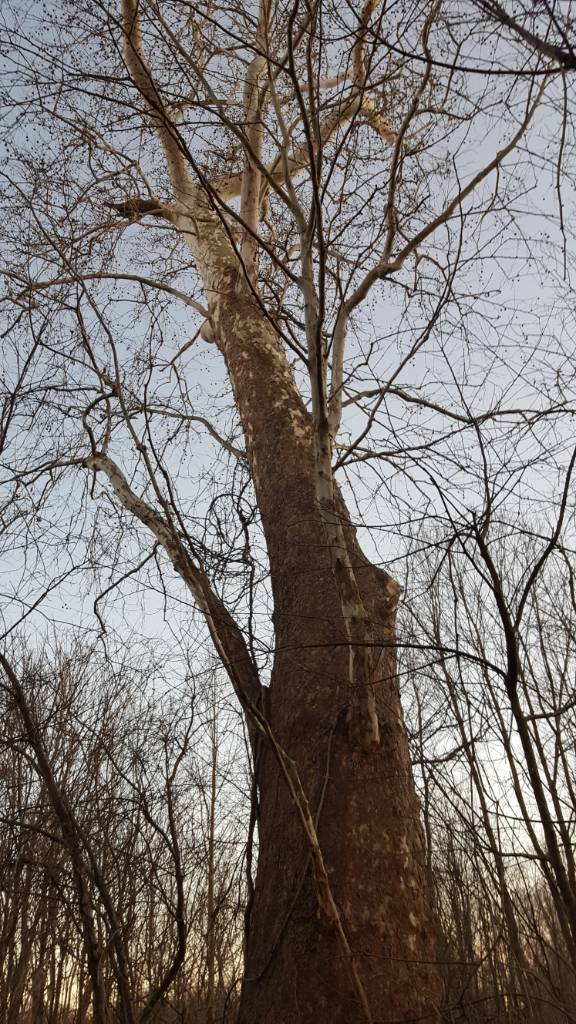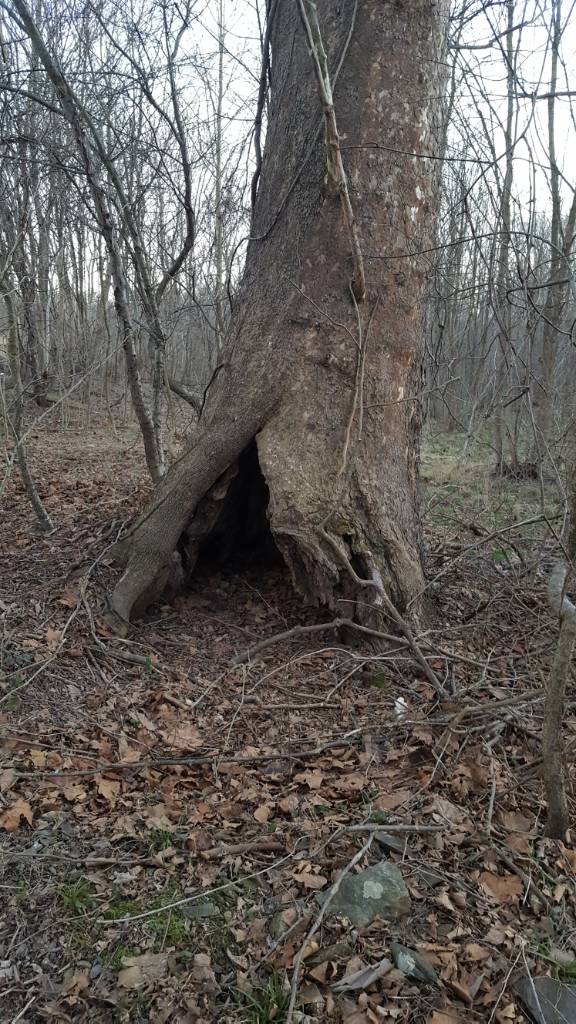Hob 'n Grind
Member
Hi everyone! I recently joined the forum and was encouraged to start a property tour thread. I can't wait to share my work on the property and appreciate any input you might have.
I closed on my first property (37 acres) in South Central PA in December of 2017. It was previously owned by the adjacent township and the field on the property was used as a spray field to re-introduce treated water to the environment. This seems like a pretty unique situation so I'm looking forward to sharing what I learn along the way.
From a habitat perspective, I decided not to start making any improvements until I hunted the place for a year to understand how the deer use the property. After the 2018 season I feel like I have a much better understanding of how I can improve the habitat while maintaining the natural patterns of the deer as much as possible. During the 2018 season, I was able to lay eyes on a very mature buck for this area multiple times and on one evening in early November was able to grunt him in to 30 yards, but did not have a shot. I did end up shooting a nice buck (guessing 2 year old) during rifle season and I believe the big buck is still alive.
My goal for this property is to be able to take a 3+ year old buck every year. This might sound like a tall order in my heavily pressured area of PA, but I do have relatively low pressure on every property surrounding my piece and I am lucky to have a lot of cover already in place. So, I think it can be possible with some work.
Before I jump into specific details I will get some maps uploaded to give you an idea of the lay of the land. I'm looking forward to sharing my progress and look forward to hearing from you. Thanks.
I closed on my first property (37 acres) in South Central PA in December of 2017. It was previously owned by the adjacent township and the field on the property was used as a spray field to re-introduce treated water to the environment. This seems like a pretty unique situation so I'm looking forward to sharing what I learn along the way.
From a habitat perspective, I decided not to start making any improvements until I hunted the place for a year to understand how the deer use the property. After the 2018 season I feel like I have a much better understanding of how I can improve the habitat while maintaining the natural patterns of the deer as much as possible. During the 2018 season, I was able to lay eyes on a very mature buck for this area multiple times and on one evening in early November was able to grunt him in to 30 yards, but did not have a shot. I did end up shooting a nice buck (guessing 2 year old) during rifle season and I believe the big buck is still alive.
My goal for this property is to be able to take a 3+ year old buck every year. This might sound like a tall order in my heavily pressured area of PA, but I do have relatively low pressure on every property surrounding my piece and I am lucky to have a lot of cover already in place. So, I think it can be possible with some work.
Before I jump into specific details I will get some maps uploaded to give you an idea of the lay of the land. I'm looking forward to sharing my progress and look forward to hearing from you. Thanks.
















